Exercise 20.1 from DC PANDEY ENGLISH THERMOMETRY,THERMAL EXPANSION & KINETIC THEORY OF GASES for Class 11
| Class 11 | PHYSICS |
| Chapter | THERMOMETRY,THERMAL EXPANSION & KINETIC THEORY OF GASES |
| DC PANDEY ENGLISH | Exercise 20.1 |
| Medium | English |
| Academic Year | 2023-2024 |
Question 8
A piece of metal floats on mercury. The coefficient of volume expansion of metal and mercury are γ1andγ2, respectively. if the temperature of both mercury and metal are increased by an amount ΔT, by what factor does the frection of the volume of the metal submerged in mercury changes ? View SolutionQuestion 10
An iron ball has a diameter of 6cm and is 0.010mm too large to pass through a hole in a brass plate when the ball and plate are at a temperature of 30∘C. At what temperature, the same for ball and plate, will the ball just pass through the hole?
Take the values of (prop) from Table 20.2. View SolutionQuestion 11
(a) An alumunium measuring rod which is correct at 5∘C, measures a certain distance as 88.42cmat35∘C. determine the error in measuring hr distance due to the expansion of the rod. (b) If this aluminium rod measures a length of steel as 88.42cmat35∘C, what is the correct length of the steel at 35∘C ? View SolutionQuestion 27
A sample of helium and neon gases has a temperature of 300K and pressure of 1.0atm. The molar mass of helium is 4.0g/mol and that of neon is 20.2g/mol.
(a) Find the rms speed of the helium atoms and of the neon atoms.
(b) What is the average kinetic energy per atom of each gas ? View SolutionQuestion 35
Assertion: Real gases behave as ideal gases most closely at low pressure and high temperature.
Reason: Intermolecular force between ideal gas molecules is assumed to be zero. Choose the appropriate option:
a) If both Assertion and Reason are true and the reason is correct explanation of the Assertion.
b) If both Assertion and Reason are true but Reason is not the correct explanation of Assertion.
c) If Assertion is true, but the Reason is false.
d) If Assertion is false but the Reason is true.View SolutionQuestion 53
You work in a materials testing lab and your boss tells you to increase the temperature of a sample by 40.0∘C. The only thermometer you can find at your workbench reads in ^∘C. If the initial temperature of the sample is 68.2∘C. What is its temperature in ^∘C when the desired temperature increase has been achieved ?View SolutionQuestion 69
The resistances of a platinum resistance thermometer at the ice point, the steam point and the boiling point of sulphur are 2.50,3.50and6.50(Ω) respectively. Find the boiling point of sulphur on the platinum scale. The ice point and the steam point measure 0∘and100∘, respectively.View SolutionQuestion 70
In a constant volume gas thermometer, the pressure of the working gas is measured by the differenced in the levels of mercury in the two arms of a U-tube connected to the gas at one end. When the bulb is placed at the room temperature 27.00C, the mercury column in the arm open to atmosphere stands 5.00cm above the level of mercury in the other arm. When the bulb is placed in a hot liquid, the difference of mercury levels becomes 45..0Cm. Calculate the temperature of the liquid. (Atmospheric pressure =75.0cm of mercury).View SolutionQuestion 71
A steel wire of 2.0mm2 cross- section is held straight(but under no tension) by attaching it firmly to two points a distance 1.50m apart at 30∘C. If the temperature now decreases to −10∘C and if the two points remain fixed, what will be the tension in the wire ? For steel, Y=20.0000MPa.View SolutionQuestion 72
A metallic bob weights 50g in air. If it is immersed in a liquid at a temperature of 25∘C, it weights 45g . When the temperature of the liquid is raised to 100∘C, it weights 45.1g. Calculate the coefficient of cubical expansion of the liquid. Given that coefficient of cubical expansion of the metal is 12×10−6.∘C−1.View SolutionQuestion 76
A cylinder whose inside diameter is 4.00cm contains air compressed by a piston of mass m=13.0kg which can slide freely in the cylinder. The entire arrangement is immersed in a water bath temperature can be controlled. The system is initially in equilibrium at temperature ti=20∘C. The initial height of the piston above the bottom of the cylinder is hi=4.00cm. The temperature of the water bath is gradually increased to afinal temperature tf=100∘C. Calculate the final height hf of the piston.
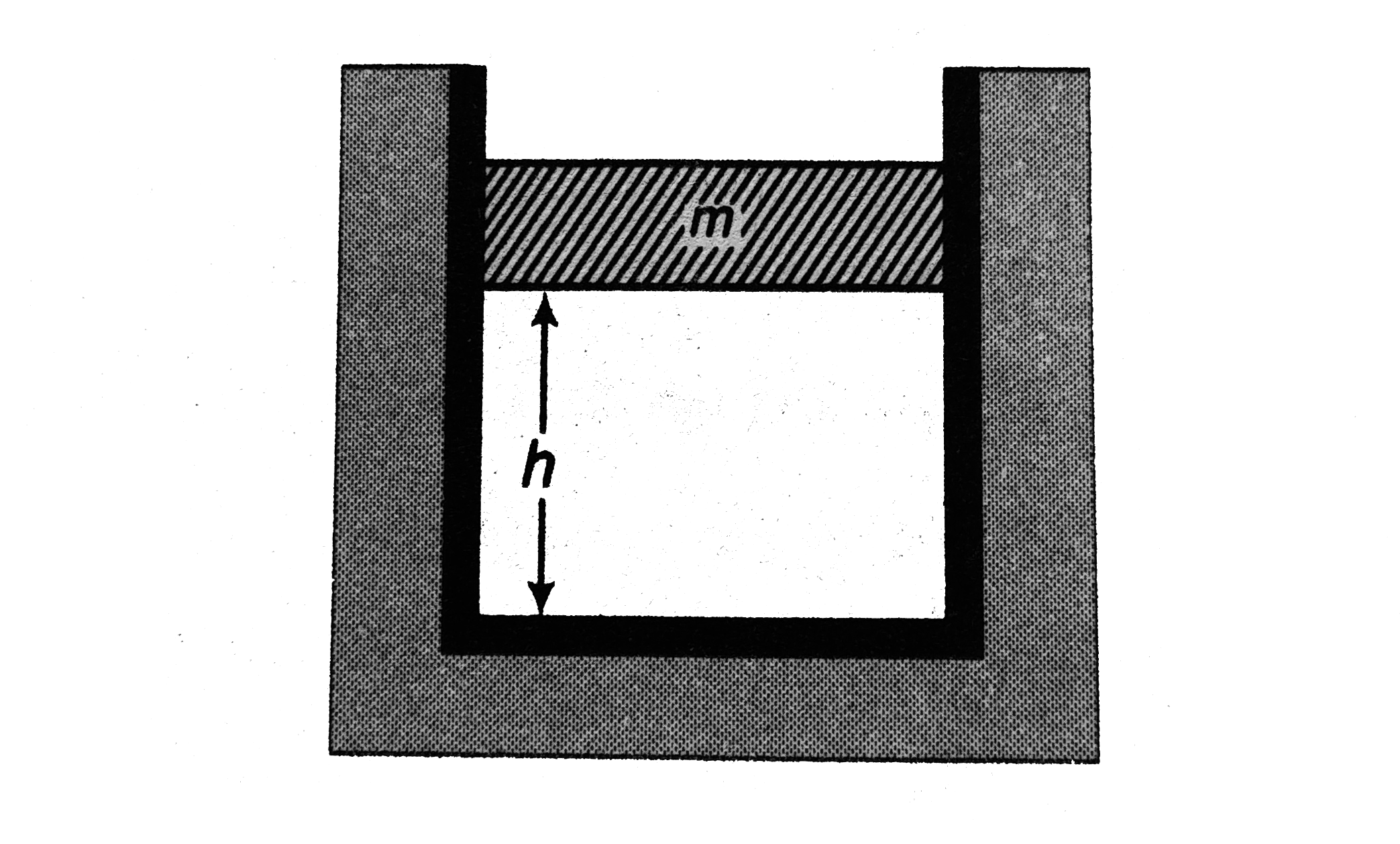 .View Solution
.View SolutionQuestion 77
The closed cylinder shown in figure has a freely moving piston separating chambers 1 and 2. Chamber 1 contains 25mg of N2 and chamber 2 contains 40mg of helium gas. When equilibrium is established what will be the ratio L1/L2 ? What is the ratio of the number of moles of N2 to the number of moles of He ?(Molecular weights of N2 and He are 28 and 4.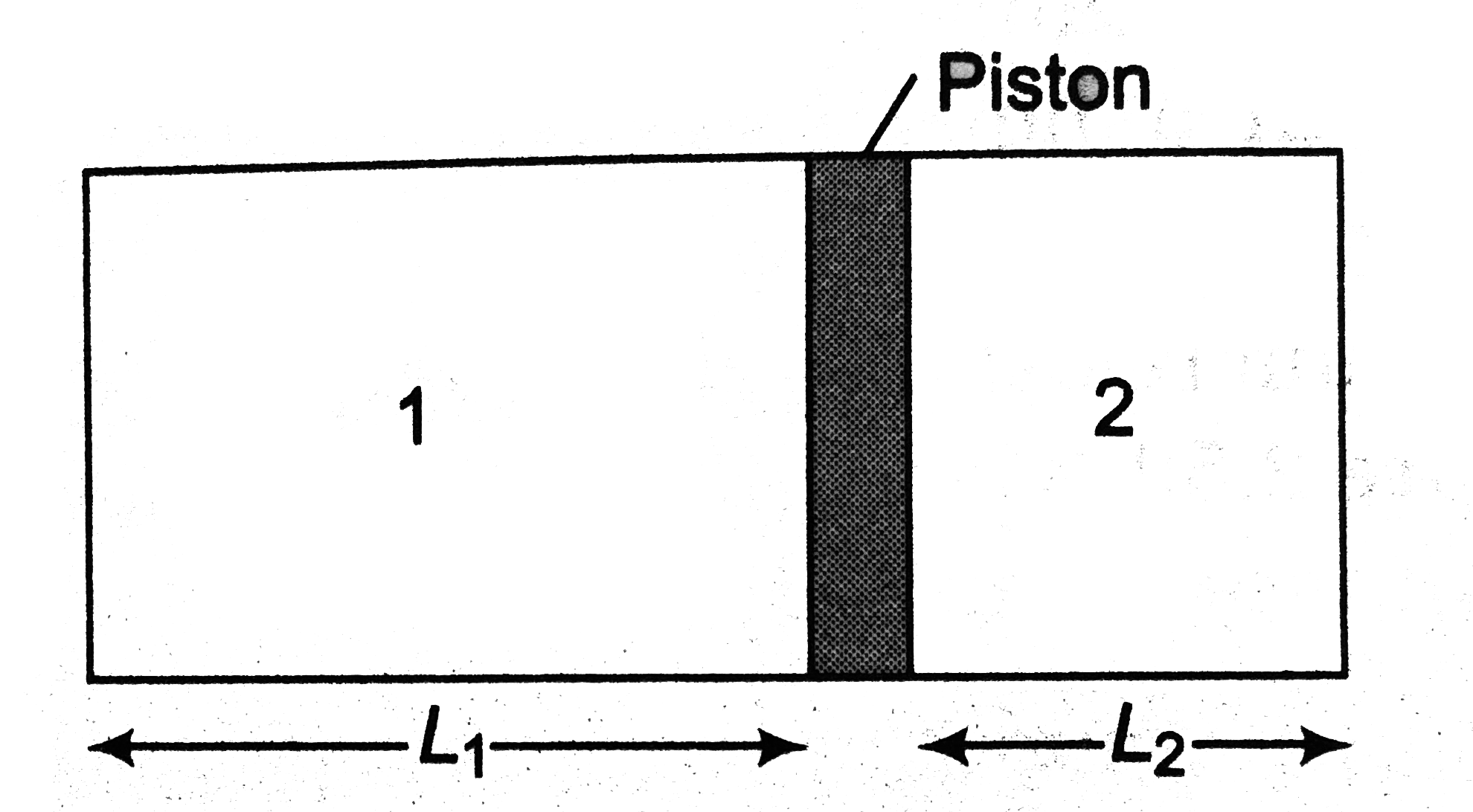 .View Solution
.View SolutionQuestion 78
Two gases occupy two containers (A) and (B). The gas in (A) of volume 0.11m3 experts a pressure of 1.38Mpa. The gas in (B) of volume 0.16m3 experts a pressure of 0.69 Mpa. Two containers are united by a tube of negligible volume and the gases are allowed to intermingle. What is the final pressure in the container if the temperature remains constant ? View SolutionQuestion 79
A glass bulb of volume 400cm3 is connected to another bulb of volume 200cm3 by means of a tube of negligible volume. The bulbs contain dry air and are both at a common temperature and pressure of 20∘C and 1.000 atm, respectively. The larger bulb is immersed in steam at 100∘C and the smaller in melting ice at 0∘. Find the final common pressure.View SolutionQuestion 81
A large cylindrical tank contains 0.750m3 of nitrogen gas at 276∘Cand1.50×105Pa (absolute pressure). The tank has a tightfitting piston that allows the volume to be changed. What will be the pressure if the volume is decreased to 0.480m3 and the temperature is increased to 157∘C.View SolutionQuestion 85
In a certain (25)th of the energy of molecules is associated with the ratation of molecules and the rest of it is associated with the motion of the centre of mass.
(a) What is the average translational energy of one such molecule when the temperature id 27∘C ?
(b) How much energy must be supplied to one mole of thsi gas constant volume to raise the temperature by 1∘C ?View SolutionQuestion 93
(a) What is the average translational kinetic energy of a molecule of an ideal gas at temperature of 276∘C ?
(a) What is the total random translational kinetic energy of the molecules in one mole of this gas ?
( c) What is the rms speed of oxygen molecules at this temperature ?View SolutionQuestion 95
An air bubble of 20cm3 volume is at the bottom of a lake 40m deep where the temperature is 4∘C. The bubble rises to the surface which is at a temperature of 20∘C. Take the temperature to be the same as that of the surrounding water and find its volume just before it reaches the surface.View SolutionQuestion 96
For a certain gas the heat capcity at constant pressure is greater than that at constant volume by 29.1J/K.
(a) How many moles of the gas are there ?
(b) if the gas is monatomic, what are heat capacities at constant volume and pressure ?
( c) If the gas molecules are diatomic which rotate but do nit vibrate, what are heat capacities at constant volume and at constant pressure.View SolutionQuestion 103
Three closed vessels A, B and C are at the same temperature T and contain gasses which obey the Maxwellian distribution of velocities. Vessel A contain only O2andN2. If the average speed of the O2 molecules in vessel A is v1 that of the N2 molecules in vessel B us v2, the average speed of the O2 molecules in vessel C is View SolutionQuestion 119
A perfectly conducting vessel of volume V=0.4m3 contains an ideal gas at constant temperature T=273K. A portion of the gas is let out and the pressure of the falls by Δp=0.24atm. (Density of the gas at (STP) is ρ=1.2kg/m3). Find the mass of the gas which escapes from the vessel.View SolutionQuestion 120
A thin - walled cylinder of mass (m), height (h) and cross- sectional area (A) is filled with a gas and floats on the surface of water. As a result of leakage from the lower part of the cylinder, the depth of its submergence has increased byΔh. Find the initial pressure p1 of the gas in the cylinder if the atmospheric pressure is p0 and the temperature remains constant.View SolutionQuestion 122
A solid body floats in a liquid at a temperature t=50∘C being completely submerged in it. What percentage of the volume of the body is submerged in the liquid after it is cooled to t0=0∘C, if the coefficient of cubic expansion for the solid is γs=0.3×10−5.∘C−1 and of the liquid γl=8×10−5.∘C−1.View SolutionQuestion 123
Two vessel connected by a pipe with a sliding plug contain mercury. In one vessel, the height of murcury column is 39.2cm and its temperature is 0∘C, while in the other, the height of mercury column is 40cm and its temperature is 100∘C. Find the coefficient if cubical expansion for mercury. The volume of the connecting pipe should be neglected.View SolutionQuestion 124
Two steel rods and an aluminium rod of equal length l0 and equal cross- section are joined rigidly at their ends as shown in the figure below. All the rods are in a state of zero tension at 0∘C. Find the length of the system when the temperature is raised to θ. Coefficient of linear expansion of aluminium and steel are αa and αs respectively. Young's modulus of aluminium is Ya and of steel is Ys.View SolutionQuestion 125
A metal rod (A) of 25cm length expands by 0.050cm when its temperature is raised from 0∘C to 100∘C. Another rod (B) of a different metal of length 40cm expamds by 0.040cm for the same rise in temperature. A third rod ( C) of 50cm length is made up of pieces of rods (A) and (B) placed end to end expands by 0.03cm on heating from 0∘C. Find the lengths of each portion of the composite rod.View Solution

 .
. 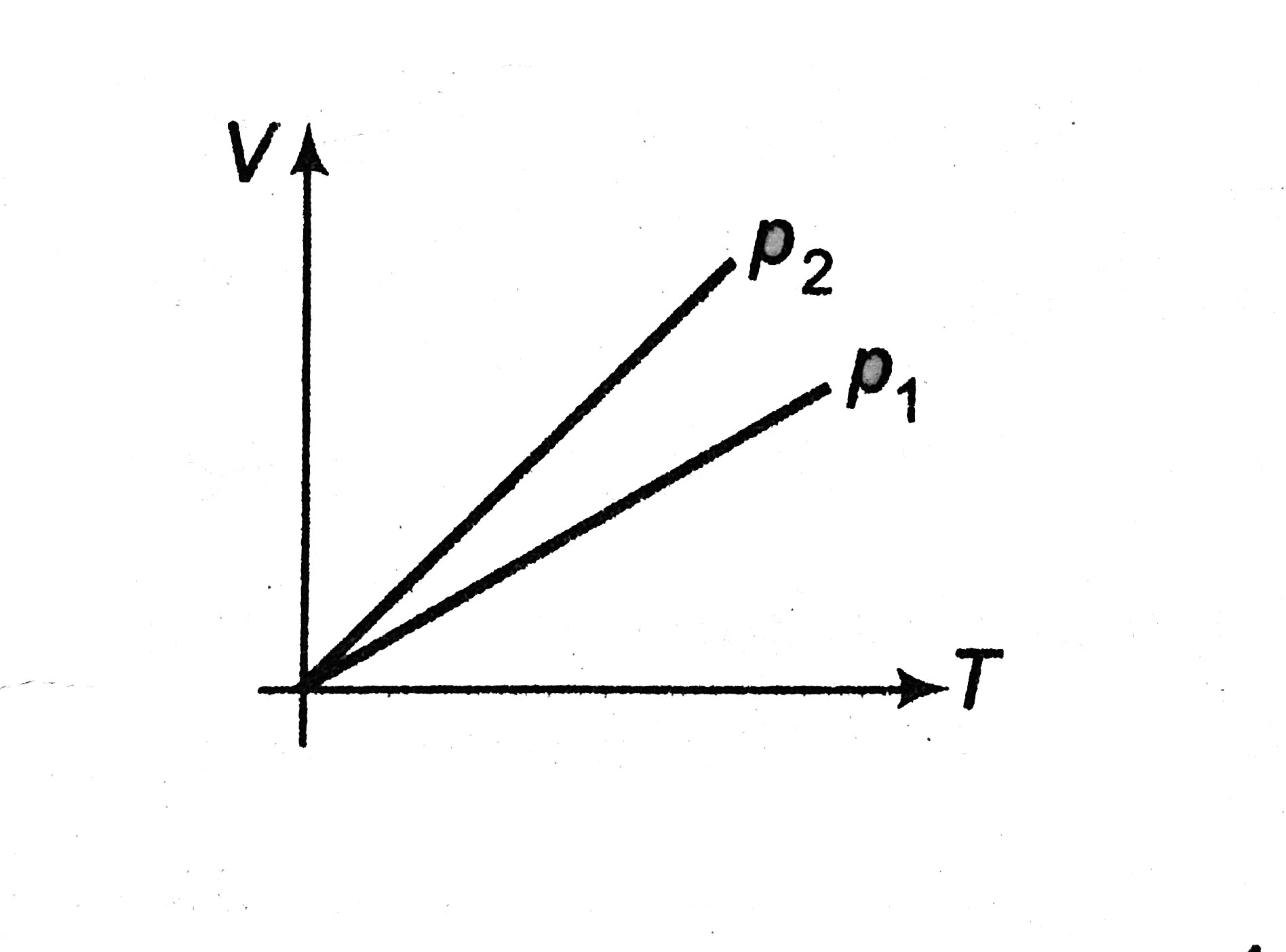 .
. 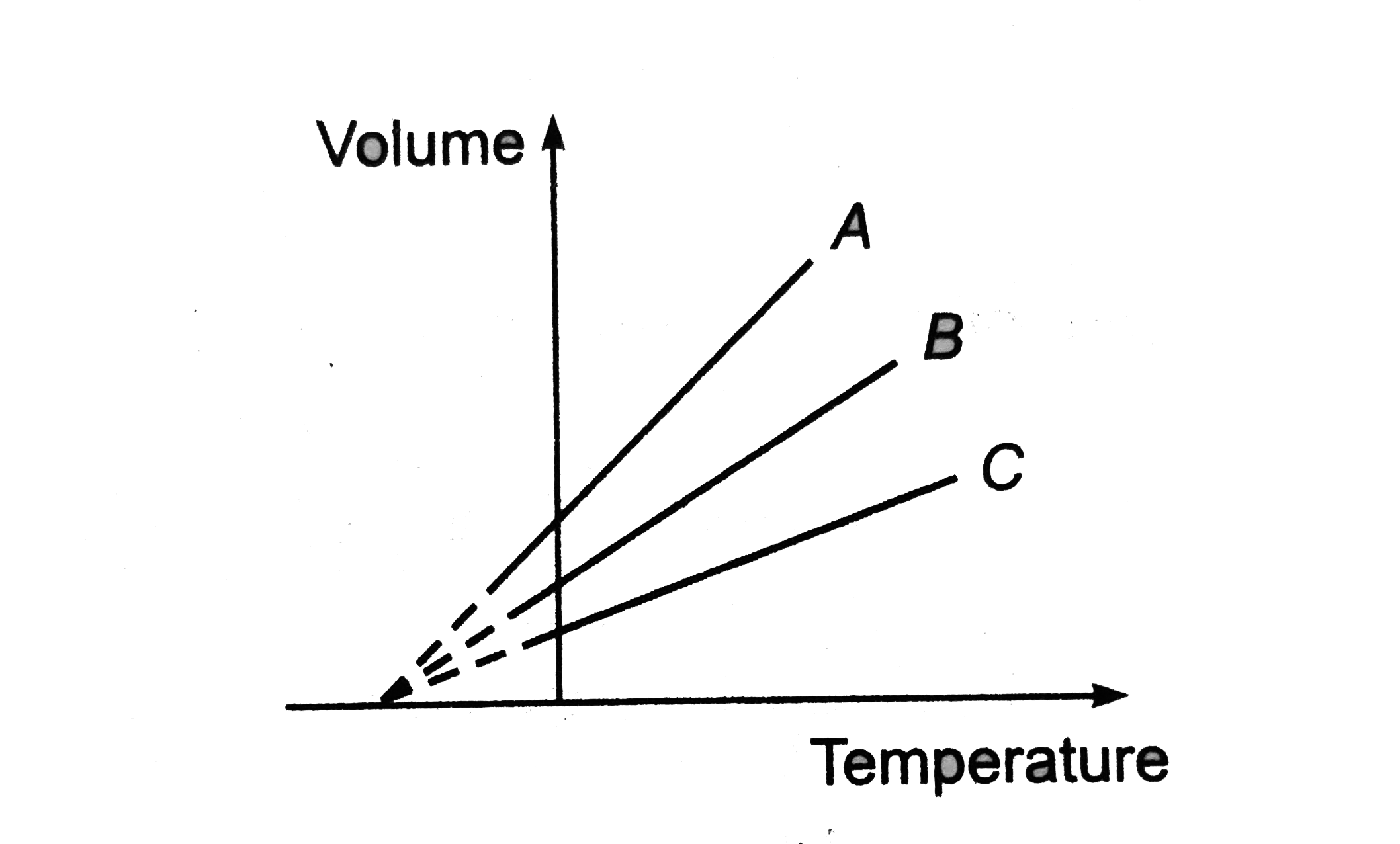 .
. .
. .
.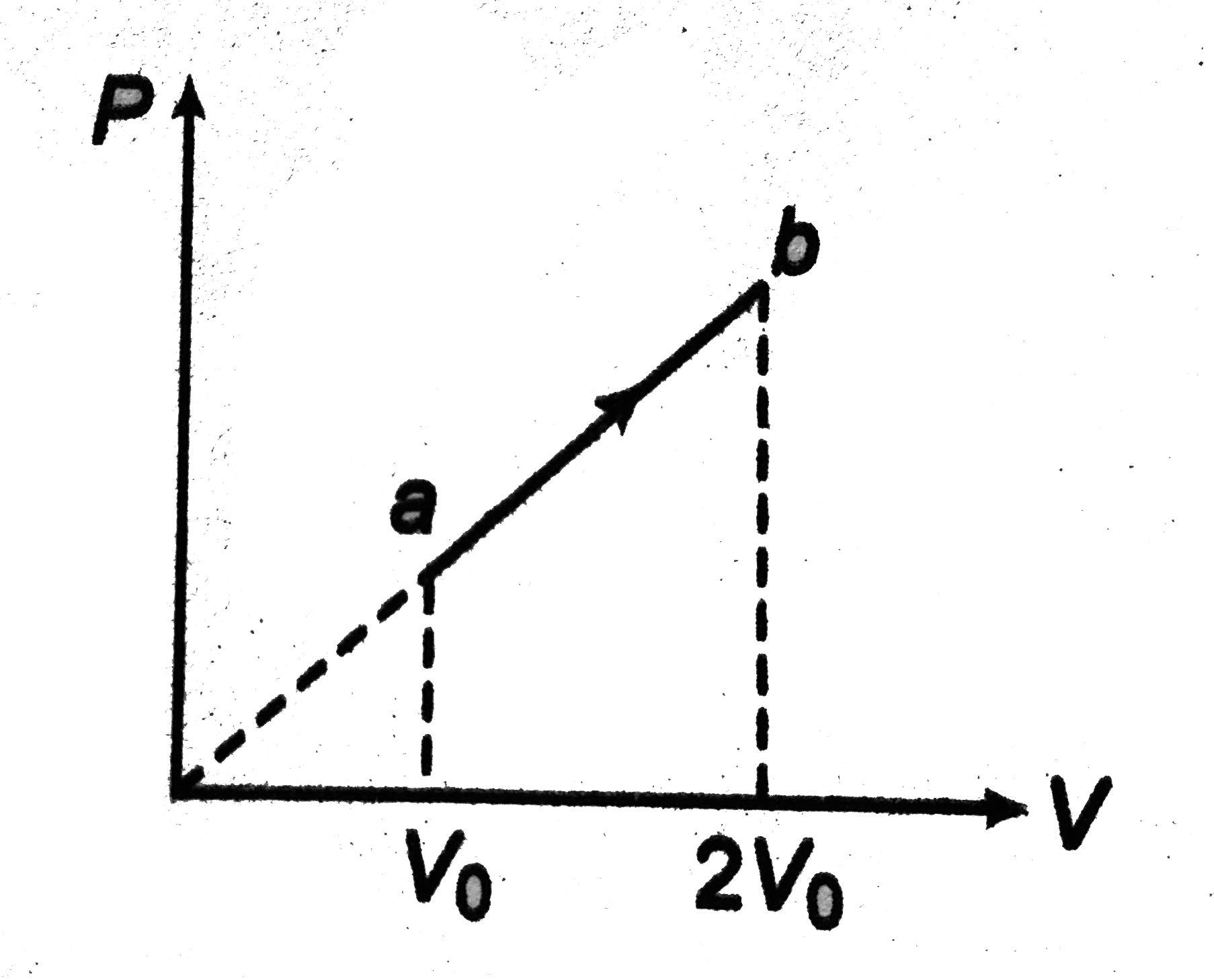 .
.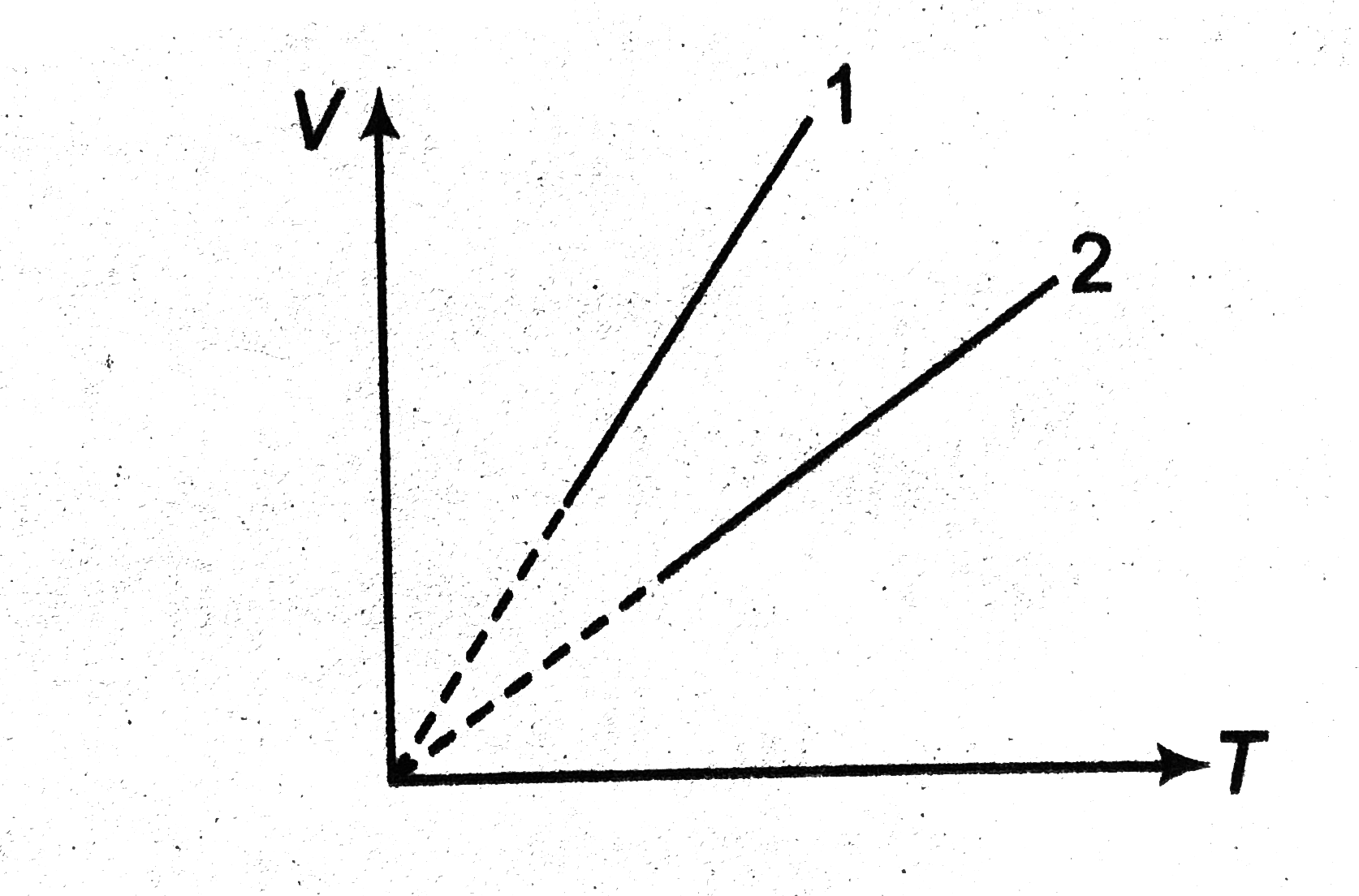 .
.